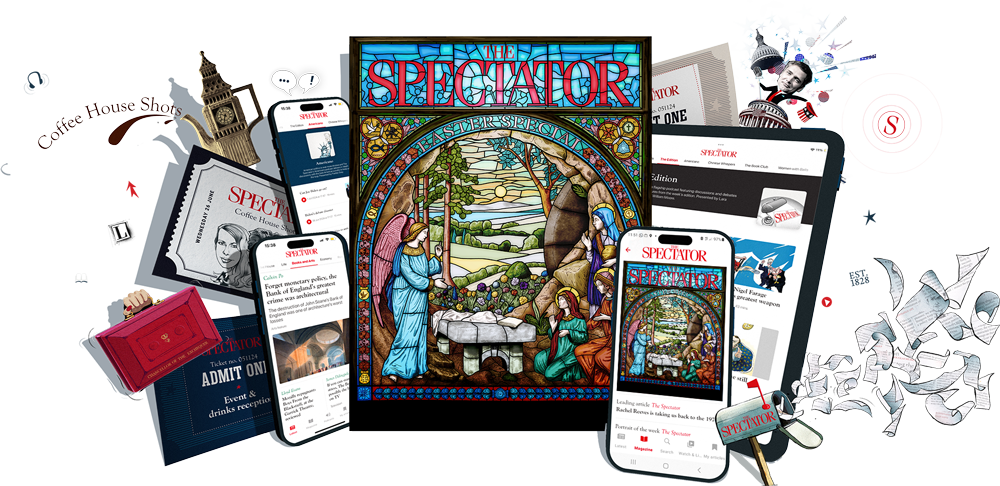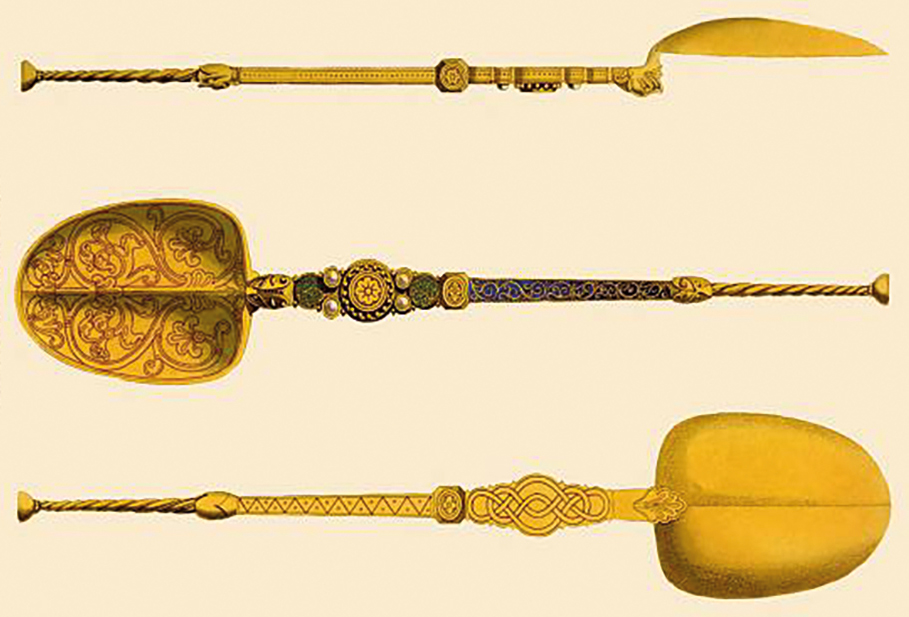A spoon may seem too homely for grand ceremony. It might even, in this sceptical and utilitarian age, seem slightly ridiculous. This prompts the question of how, or whether, we value ancient traditions and ceremonies whose original meanings and power are largely lost to us. And if we do value them, why?
This particular spoon, undeniably, is a very special one: doubtless the world’s most important spoon, and certainly one of the most beautiful examples of that humble genus: silver-gilt, finely engraved with acanthus scrolls, decorated with pearls, and with its bowl strangely divided into two. It dates from the 12th century, and may have been used ever since Richard the Lionheart. It is the oldest piece of the coronation regalia.
After the Civil War the new republic melted everything down. The spoon alone was saved by a Mr Kinnersley, who bought it for 16 shillings – £3,000 today – and presented it to the restored Charles II. It holds the oil that anoints each sovereign (hence the divided bowl, for the archbishop’s two fingers), re-enacting the Biblical anointing of King Solomon by Zadok the Priest, in the ancient belief that monarchs were sacred and ruled in God’s name. France’s kings, indeed, enjoyed chrism brought down from heaven itself by a dove in the year 496 and used, wars and revolutions notwithstanding, until King Charles X in 1825. For King Charles III, the oil comes from olives in the Holy Land, consecrated by the Patriarch of Jerusalem and its Anglican archbishop.
Such mysticism has not always been taken seriously. Following two revolutions, the Calvinist William of Orange, one of our greatest kings, dismissed his coronation in 1689 as ‘funny old popish rites’. Generations of Whigs, dissenters and the left would have agreed.









Comments
Join the debate for just £1 a month
Be part of the conversation with other Spectator readers by getting your first three months for £3.
UNLOCK ACCESS Just £1 a monthAlready a subscriber? Log in